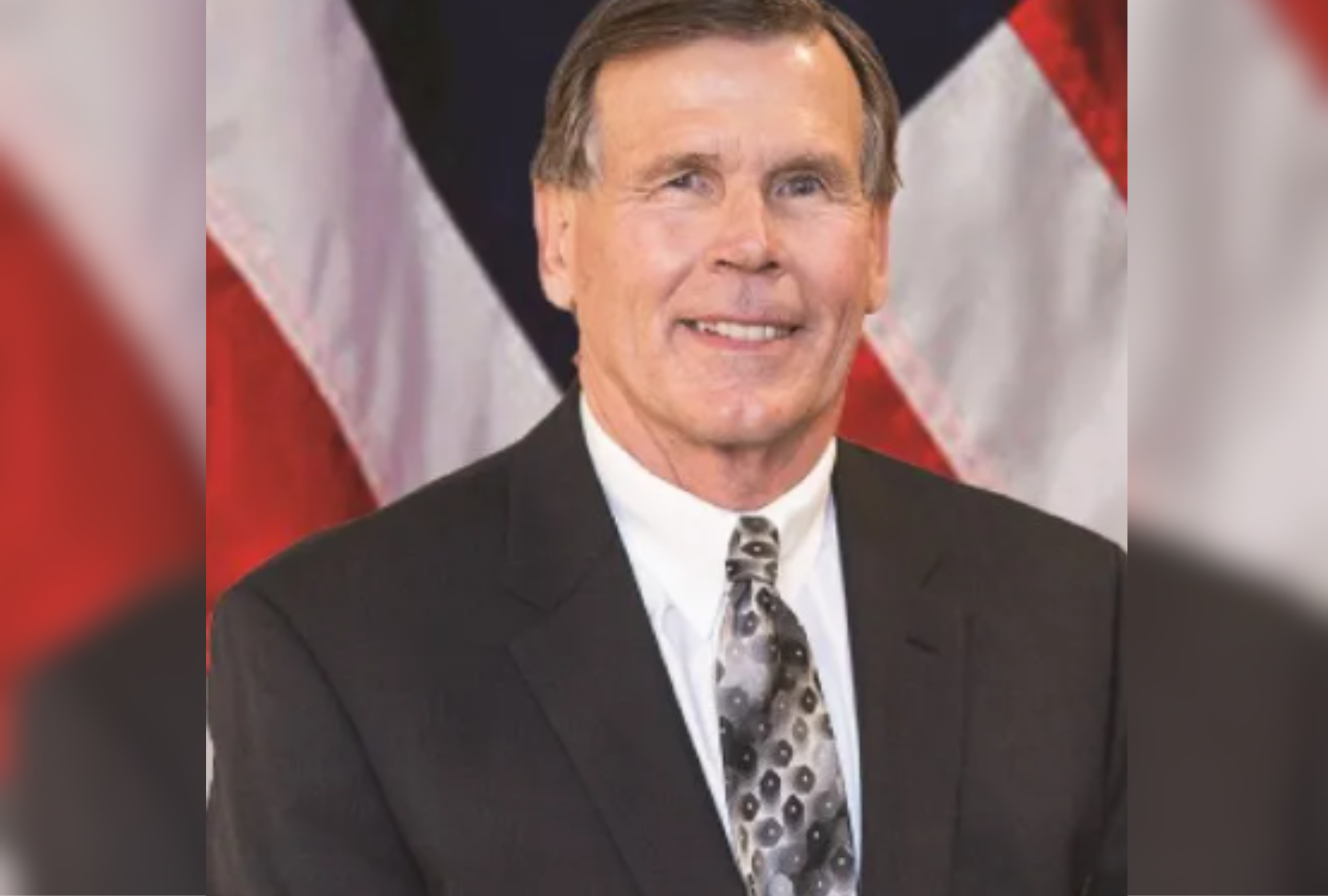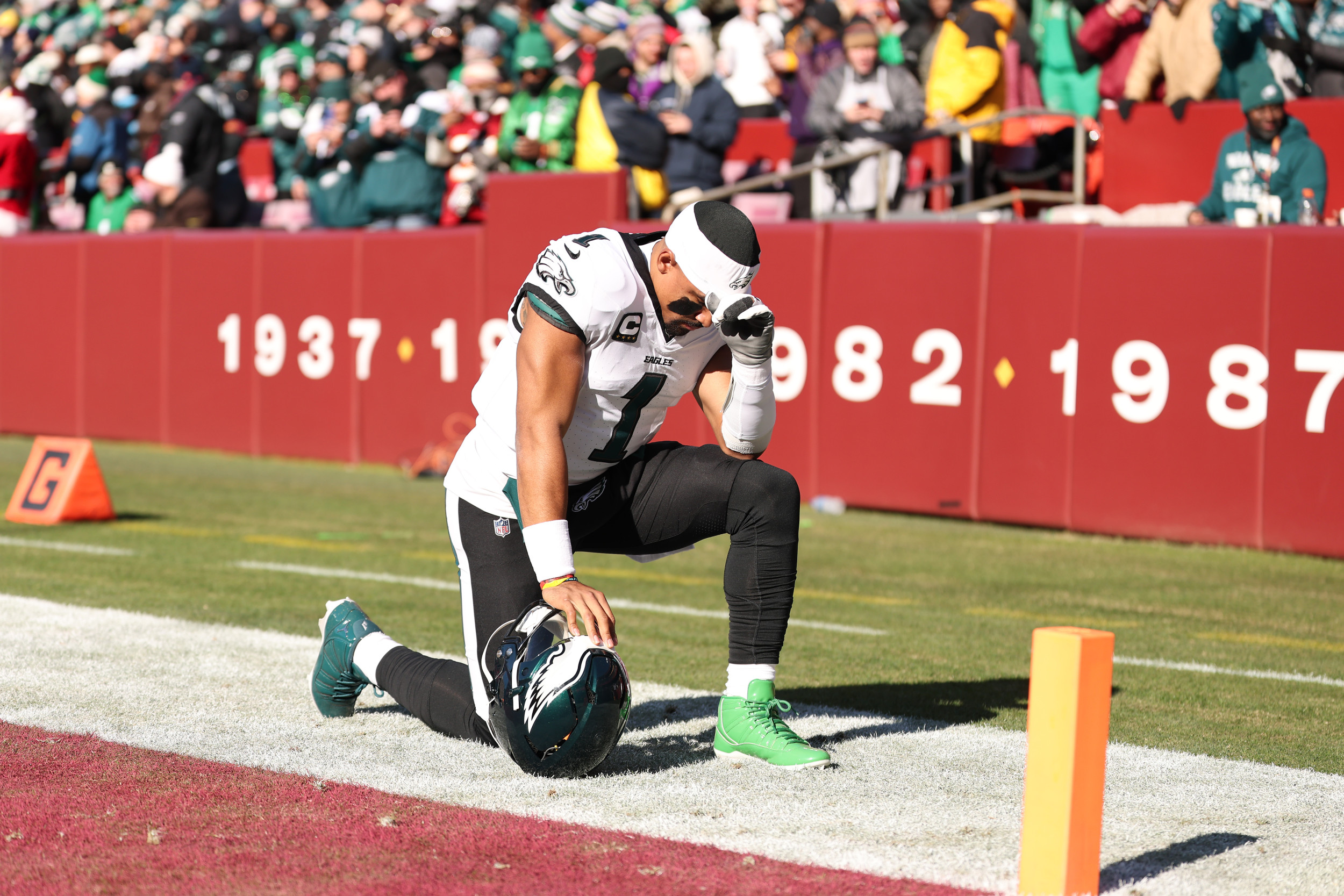Five states could potentially become swing states in 2028, according to election exit poll data.
President-elect Donald Trump pulled off a decisive victory in this week's election, winning 295 Electoral College votes to Vice President Kamala Harris' 226. Exit polls also suggest Trump will win the popular vote, with 46 of the 48 states declared shifting toward him since 2020.
Those states included the swing states of Michigan, Pennsylvania, Wisconsin, Georgia and North Carolina, which Trump won by between 1 and 3 points. Meanwhile, Trump also looks set to win Arizona and Nevada, both of which have not been called yet. In 2020, Joe Biden won all of those states except North Carolina.
Exit polls suggest that Republicans could take more states from Democrats in 2028, including Minnesota, New Hampshire, New Jersey, New Mexico and Virginia. In each of those states, the Democrats' lead was narrowed to a margin of 3 to 6 points, down from leads of up to 16 points in the 2020 election.
The small leads for Democrats mean all five states could be in play for Republicans in the 2028 elections, in addition to the seven swing states from this election.
Newsweek has contacted the Trump and Harris campaigns for comment.

New Jersey
The largest shift occurred in New Jersey, where the Democrats' lead dropped from 16 points to 5 points. This marks the closest a Republican has come in a presidential race there since George H.W. Bush's 2.4-point loss in 1992.
The margin is especially notable given that the number of registered Democratic voters in New Jersey has grown to three times that of Republicans since then to a 900,000-voter advantage.
"There's a frustration by voters in New Jersey on economic stuff, on crime issues, and I also think there's an underbelly in the stuff Trump tapped into culturally," Republican strategist Chris Russell told Politico. "People are tired of being told they're bad people, racists, bigots or Nazis—all these crazy aspersions that are cast on people who support Trump or things that he believes."
Exit poll data shows that the shift toward Trump in New Jersey was largely driven by counties with large Hispanic populations. For example, in Hudson County, a deeply Democratic stronghold with a 41 percent Hispanic population, Trump won 35 percent of the vote, up from 26 percent in 2020. Meanwhile, Trump carried Passaic County, which also has a large Hispanic population.
Jose Arango, the Republican Party chair of urban Hudson County, told Politico that working-class Hispanics in the area are suffering from high rent and high prices in a state that has some of the highest taxes in the country.
"The Democratic Party talks about helping the poor, but if you talk about Hudson County, it's segregated, and the working class and the liberal enclaves are basically the people who are supporting Wall Street in the places they can't afford the rent. There's no affordable housing," he said.
A Fox News exit poll showed that 56 percent of New Jersey voters who favored Trump said the economy and jobs was their top issue.
New Hampshire
In New Hampshire, the lead for the Democrats was cut down by 5 points, from 8 to 3 points.
New Hampshire delivered this year's first election results from the tiny town of Dixville Notch with just six registered voters. And the result was deadlocked, with three votes forTrump and three for Harris. Four years ago, Dixville cast five votes that all went to Biden, even though four of the residents are Republicans. Dixville Notch's residents picked Hillary Clinton 4-2 over Trump in 2016.
Polls had been close in the state, with RealClearPolitics classing it as a toss-up. It came after a New Hampshire Journal/Praecones Analytica poll gave Trump 50.2 percent of the vote in the state, a razor-thin lead against Harris' 49.8 points.
Virginia
The lead for the Democrats was cut by 5 points in Virginia, from 10 to 5 points.
Once a Republican stronghold and a Southern Bible Belt state, Democratic support in Virginia has surged over the past two decades, making it now a slightly to moderately blue state. The shift is largely driven by the state's rapid growth and increasing diversity.
But polling data suggests that could be set to change, and that Virginia could be in play for Republicans in 2028.
Between 2010 and 2022, the Hispanic/Latino population had the most growth in the state, increasing by more than 270,000 between 2010 and 2022, according to Census data.
New Mexico
In New Mexico, the Democrats lead by just 6 points this year, down from 10 points in 2020.
"That is a breakthrough for the Republicans at the presidential level," New Mexico-based political columnist Joe Monahan told the Associated Press as ballots were being tallied. "Where did those votes come from?"
Trump gained support in all but three of New Mexico's 33 counties in Tuesday's election compared to 2020, according to AP.
Democratic presidential candidates have won seven of the last eight general elections in New Mexico, which has the highest percentage of Latino voters in the nation.
Minnesota
In Minnesota, Democrats lead by only 4 points, down from 7 points in 2020.
More bad news came for the Democrats in Minnesota when Harris' running mate, Minnesota Governor Tim Walz, lost his home county, Blue Earth. Trump won 49.6 percent of the vote to Harris' 48.3 percent.
That is a reversal from 2020, when Biden won the county with 51 percent of the vote to Trump's 46.5 percent.
Minnesota was another state where margins were too close for comfort for Democrats. An August poll conducted by SurveyUSA and KSTP found Harris leading by just 5 points, down from 10 points in the July poll.
The last time the state voted for a Republican for president was Richard Nixon in 1972.




















 English (US) ·
English (US) ·